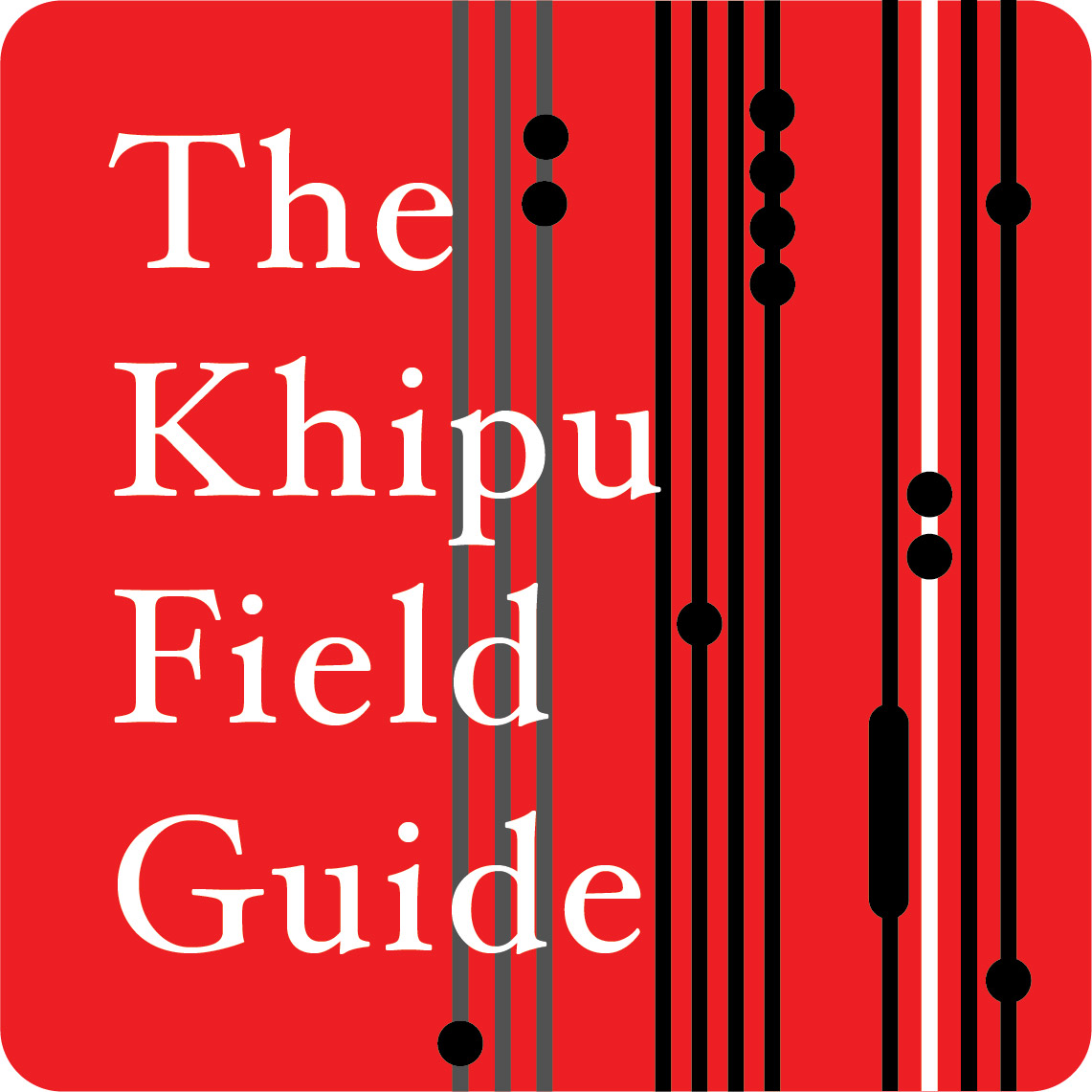There are 39 basic colors over 959 cords, and 67 complex colors over 284 cords.
20 Most Common Basic Colors:
[('MB', 215), ('AB', 186), ('W', 180), ('YB', 105), ('B', 62), ('KB', 45), ('LB', 22), ('HB', 20), ('RB', 13), ('BS', 12), ('PB', 12), ('GG', 12), ('RL', 6), ('YG', 6), ('DG', 6), ('BG', 5), ('G0', 5), ('NB', 5), ('DB', 4), ('BB', 4), ('0G', 3), ('R', 3), ('PR', 3), ('G', 2), ('GB', 2), ('LG', 2), ('MG', 2), ('PG', 2), ('LK', 2), ('VR', 2), ('VG', 2), ('RG', 2), ('GY', 1), ('EB', 1), ('FR', 1), ('KG', 1), ('LC', 1), ('RD', 1), ('PK', 1)]
20 Most Common Complex Colors: [('W:KB', 34), ('W:AB', 32), ('W-AB', 18), ('AB:MB', 16), ('W:MB', 15), ('GG:MB', 14), ('MB:KB', 12), ('W-KB', 11), ('BB:KB', 10), ('YB:MB', 8), ('W:NB', 7), ('AB:GG', 6), ('AB:KB', 5), ('W:FB', 4), ('AB:RB', 4), ('YB:PB', 4), ('W:GG', 4), ('W-MB', 4), ('W%MB', 3), ('AB:FR', 3), ('W:YB', 3), ('MB:CB', 3), ('YG-DB', 3), ('0G:DG', 2), ('B:CB', 2), ('W:B', 2), ('MB-HB', 2), ('AB-MB', 2), ('BY:MB', 2), ('GB-HB', 2), ('RL:AB', 2), ('YB:PG', 2), ('YB:AB', 2), ('AB:G', 2), ('MG:RB', 2), ('W:AB:KB', 2), ('W:GG:MB', 2), ('W-BG', 2), ('W:DB', 2), ('DB-CB', 2), ('W%AB', 1), ('LG:RL', 1), ('HB:KB', 1), ('LG-BY', 1), ('YB-KB', 1), ('PK-R', 1), ('YB:KB', 1), ('YB:LK', 1), ('W:BL', 1), ('W:LG', 1), ('W:LG:AB', 1), ('LG-AB:W', 1), ('W-LA', 1), ('W:GL', 1), ('AB:GG:MB', 1), ('AB:GB:MB', 1), ('MB:HB', 1), ('W:HB', 1), ('W:RL', 1), ('RL-LC', 1), ('BG:MB', 1), ('YB-0Y', 1), ('W:W:GG', 1), ('W:GL:KB', 1), ('GL:MB', 1), ('AB:NB', 1), ('YG:DB', 1)]
